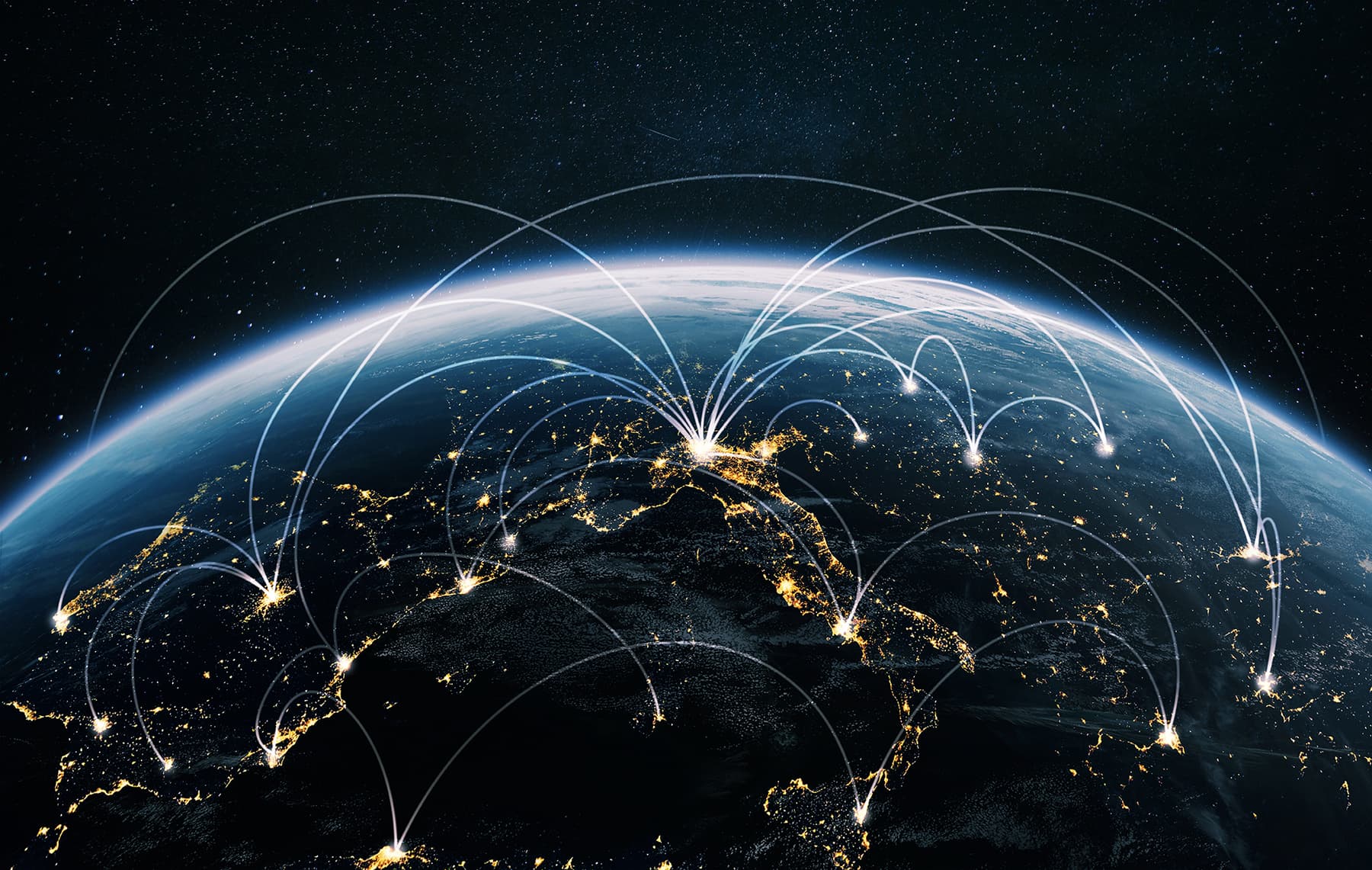Article
How to Make Remote Work Culture Safer for Everyone
7 FEB 2024
/
3 min read
Authors
Cyber Intel Lead
Intelligence Analyst III, Cyber Intel Lead

The COVID-19 pandemic reshaped the world of work in ways no one could have predicted. What was once a niche option for some has now become the standard for many businesses across the globe. And it is here to stay.
The Remote Work Revolution
Before the pandemic, remote work was on the rise but far from going mainstream. In the US, the Bureau of Labor Statistics estimated that 6.5 percent of workers in the corporate sector worked from home in 2019. A 2022 McKinsey study found that 58 percent of US workers could work remotely at least once per week. In the post-pandemic era, many companies around the world have begun to embrace remote work as the new normal. However, the rise of a “remote first” culture has created several related cybersecurity risks for business operators.
The Rise of Shadow IT and Cloud Computing Shortcomings
One of the most difficult logistical challenges in a remote-first world is the rise of Shadow IT. Security professionals typically oversee proprietary software and other tools within the confines of a controlled office environment. However, many employees working from home uses their own devices and apps. These unsanctioned tools do not usually meet a company’s security standards, and using such devices or apps can considerably increase a company’s exposure to potential cyberattacks.
Businesses also face challenges when adopting cloud computing for their remote work infrastructure. Data breaches and inadequate access control measures can put sensitive proprietary information at risk. In 2023, a Cybersecurity Ventures report estimated that cybercrime damages will cost the international community about $10.5 trillion annually by 2025.
The Role of AI in Remote Work Safety
Artificial intelligence (AI) has become a force multiplier for businesses in managing remote work. AI-powered tools can automate tedious tasks, improve remote work security by detecting real-time anomalies, and so forth. However, AI poses various risks, ranging from biased decision-making and social engineering to impersonation attacks and false threat detection. Human intervention is still required for most AI-related functions.
Ways to Keep Your Digital Self Safe
To overcome such challenges, businesses require comprehensive and adaptable cybersecurity measures. Since remote work will inevitably become a central part of the workforce, companies can create a safer and more secure remote work environment that benefits everyone. Organizations should invest in a robust IT infrastructure and work with trusted partners to ensure their cloud services and network security protocols are correctly set up. Experts must establish clear security protocols based on their organizational needs. Regular security audits and data backups can mitigate the risk of data breaches.
Companies should enforce strict policies about their device usage and permit employees to use tools that meet their security standards. Employees should receive regular training to stay up to date about their organization’s clear guidelines on safely handling sensitive data, using cloud services, etc. Businesses using AI tools should take a human-centered approach to implementing algorithms ethically and transparently. Employees should feel comfortable raising concerns about security issues during regular check-ins and feedback sessions to help identify emerging issues early on.
Related
Tags
Sharpen your
view of risk
Subscribe to our newsletter to receive our analysts’ latest insights in your inbox every week.
Intelligence & Insights
Intelligence
Worth Gathering
Employing a team of 200+ analysts around the world, Crisis24 is the only source you need for on-point, actionable insights on any risk-related topic.

Case Study
Responding in Real Time to an Active Assailant: A Case Study in Crisis Management
Learn how Crisis24 Response Consultants respond in real-time to active assailant threat.
December 11, 2025

Intelligence Analysis
Black Sea: Maritime Attacks Likely to Intensify After Recent Ukrainian Attacks on Russian-Linked Tankers
Escalating Ukraine-Russia maritime attacks in the Black Sea threaten ports, oil tankers, and global shipping routes, raising security and insurance risks.
By Danielle Marais
December 11, 2025

Intelligence Analysis
Travel Considerations for Gender Non-Conforming Individuals
Gender non-conforming travelers may encounter documentation issues, security screening challenges, and limited access to care. Learn how to plan and reduce travel risks.
By Jacopo Di Bella
December 10, 2025

eBook
Preparing for the Soccer World Cup 2026 – Canada Travel Advisory
The upcoming World Cup tournament is set to be the largest in history unfolding across three nations – the US, Mexico, and Canada – with each country presenting unique security challenges for travelers. Learn about the specific risks associated with the games in Canada.
December 8, 2025




